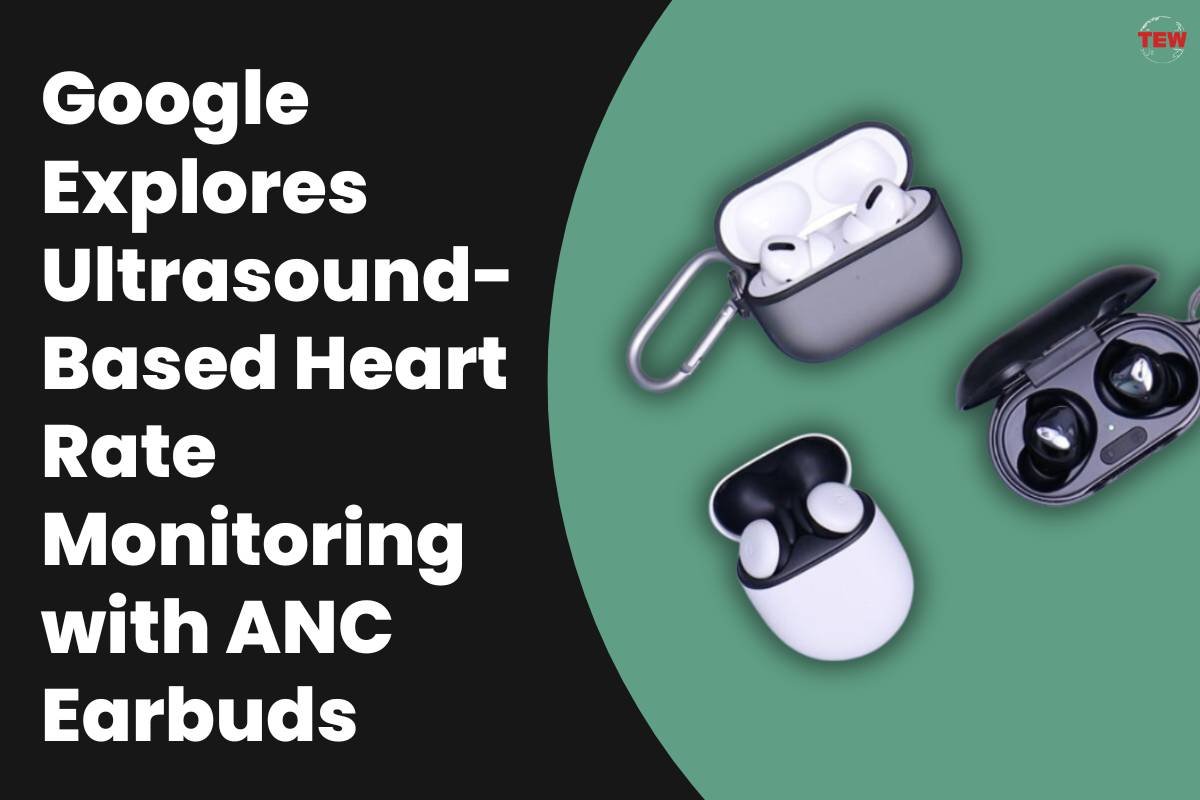In the world of wearable technology, heart rate monitoring is a ubiquitous feature, often relying on photoplethysmography (PPG) to measure blood activity. While PPG is generally effective, it has its limitations. Google scientists have recently embarked on a pioneering journey to explore a novel approach called audioplethysmography (APG) that leverages ultrasound technology for heart rate measurement. This innovative technique, which boasts versatility and accuracy, involves using off-the-shelf active noise-canceling (ANC) earbuds and a simple software update.
The conventional method of heart rate monitoring with wearable technology primarily hinges on photoplethysmography (PPG), which employs light pulses to track blood activity. Although PPG has been the standard for heart rate measurement in devices like smartwatches and wireless earbuds, Google researchers have decided to venture into uncharted territory. Their groundbreaking research introduces audioplethysmography (APG), a new technique that utilizes ultrasound instead of light to measure heart rate, and they have achieved this using everyday ANC earbuds, eliminating the need for specialized hardware.
How Ultrasound-Based Heart Rate Monitoring Works?
The APG approach operates by directing a low-intensity ultrasound signal into the ear canal. This signal interacts with the internal ear canal, and a small built-in microphone, typically used for ANC purposes, captures the perturbations in the skin’s surface as blood circulates. Notably, this method proves to be robust, even under conditions such as an imperfect ear seal, variations in ear canal sizes, or individuals with darker skin tones. Overcoming previous challenges, this technology ensures accurate heart rate measurements for a wider range of users.
The fundamental concept behind audioplethysmography (APG) is relatively simple yet highly effective. By emitting a low-intensity ultrasound signal within the ear canal, the researchers can observe how the blood flow creates subtle movements in the skin. These movements are then captured by the earbud’s microphone, originally intended for noise cancellation. Remarkably, the APG approach shows resilience in the face of challenges like inadequate ear sealing, diverse ear canal sizes, and even the presence of darker skin tones. This is a significant breakthrough, as heart rate accuracy for individuals with darker skin tones or tattoos has been a persistent issue in conventional wearables.
The Future of Heart Rate Monitoring
While the ultrasound-based approach works effectively, it does encounter limitations in noisy environments and when subject to body motion interference. Nevertheless, Google’s scientists have developed solutions for these issues by employing multiple frequencies and selecting the most reliable signal. The team also tested purpose-built prototypes and conducted a field study with 153 participants, reporting median error rates of 3.21 percent for heart rate and 2.70 percent for heart rate variability.
This innovative research by Google paves the way for a new era in heart rate monitoring. Though it remains a study for now and doesn’t imply an imminent product release, it underscores Google’s growing interest in the wearables sector. Existing heart rate monitoring headphones primarily rely on PPG, which can be sensitive to movement and fit issues. The introduction of APG technology demonstrates the company’s commitment to pushing boundaries and exploring alternative methods for health and wellness tracking in the ever-evolving world of wearables. For those interested in the comprehensive details of Google’s study, the full report is available for download on Google’s official website.





